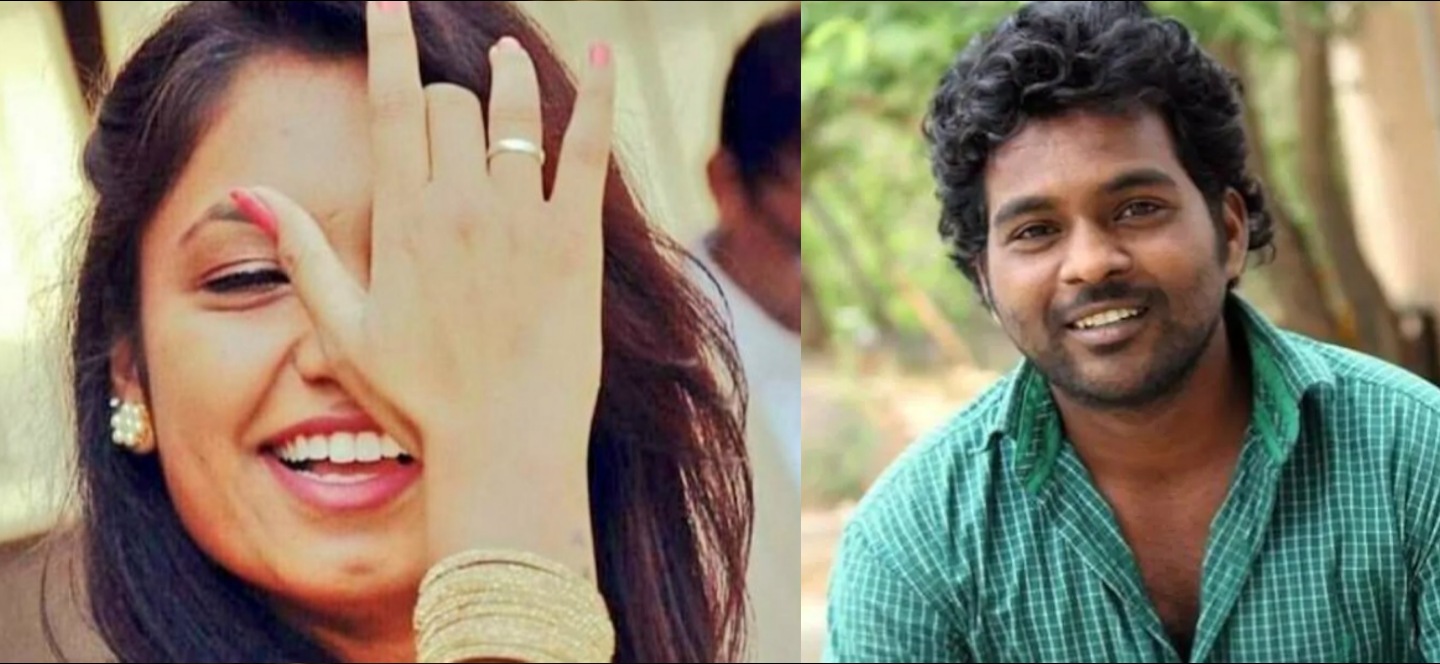The hands
Proof of Merit by Yogesh Maitreya.
Confined
To pull
Dead carcasses,
Started to write
And, and
They wrote poems
Beautiful stories
Of their lives
Days after the Modi government announced the 27% reservation for the Other Backward Castes (OBC) and 10% reservation for the Economically Weaker Sections (EWS) or the “others” in the dental and medical courses at both the undergraduate and postgraduate levels, the Internet and social media witnessed the upper caste people go into a state of collective frenzy right after. And predictably so, given how the upper castes reinforced the traditional ‘merit’ narrative from a lack of nuanced understanding and engaged in social media commentary that conclusively stood against the unjust ‘reverse-discrimination’ faced by the ‘general category’ of the nation and demise of ‘merit’ in public institutions.
Days after the Modi government announced the 27% reservation for the Other Backward Castes (OBC) and 10% reservation for the Economically Weaker Sections (EWS) or the “others” in the dental and medical courses at both the undergraduate and postgraduate levels, the Internet and social media witnessed the upper caste people go into a state of collective frenzy right after.
Kancha Ilaiah in his essay ‘Merit of Reservation’ writes about the Brahmanical theory of merit. Ilaiah draws an analogy between Adi Shankara’s theory of ‘Maya’ and maintains that both the theories are disassociated from improvements in the living conditions of the people. The Savarna’s merit is not reflected in the generation and dissemination of critical knowledge but is based on the mediocre reproduction from imported textbooks and foreign articulations, rhetorically comparing it to the Brahmin priest who is involved in the recitation and reproduction of Vedas by chanting them in a temple on ritual occasions. The dominant ‘anti-reservation’ and ‘pro-merit’ argument of the oppressor caste reproduces a “cooling-off” system which implies that the oppressed caste people should reconcile with their unequal social statuses. This is because they wishfully ignore the glaring state of caste inequality in contemporary India.
Also read: The Erasure Of Arivu: How Upper Caste Communities Continue To Invisibilise & Exploit Dalit Labour
While the recent reservation move observed agitation from the upper castes, this agitation was largely directed against the 27% of seats for the OBC, and failed to maintain a similar rigour and temperament towards the 10% of seats reserved for the EWS category. Author of ‘I Too Had A Love Story’, Ravinder Singh, was seen displaying a similar message against reservation on his social media account.
Further, many Instagram users appropriated social media features like Reels to express their anti-reservation bigotry. However, in many such Savarna “outrages”, the beneficiaries of the EWS category, which are namely the upper caste individuals with limited financial capital, are bereft from such ‘bonafide’ concerns for merit. The contemporary predicament of caste witnesses this hyper-visibility of the oppressed caste and invisibility of the so called upper caste, not only in the realm of such affirmative or general state policies but also in the context of the disparate accumulated social and cultural capital of the upper castes.
Satish Deshpande in ‘Caste and Castelessness: Towards a Biography of the General Category’ elaborates on the self-conception of the 21st century ‘upper caste’, who view themselves purged from their dominant caste identity and write on their derived belief of existing outside the caste hierarchy. These groups of caste Hindus fringe benefit from the altered form of traditional caste capital into modern forms of capital like property, educational credentials and thriving jobs. This provides them the impetus to claim their ‘casteless’ identities and simultaneously redeem impunity from the same.
While in pre-colonial and colonial India caste identities were compulsory for all, the legal mobilisation in the post colonial nation aimed to “abolish” caste in India and in the process aimed to delegitimize caste as an institution that affected all the citizens. However, this contentious legal discourse did not exclude the ‘caste-disenfranchised’ groups and only fixated on the perils of caste imposed on these oppressed caste persons, thus equating the modern imagination and conception of ‘caste’ with that of the so-called lower caste. ‘Caste’ was then envisaged as something to be sought protection from, rather than something that confers protection to.
From the experiences of a University student, a similar dispensation from their dominant caste identity is observed among teachers and students that encompass the social and cultural infrastructure of the college. On the contrary, Drishadwati Bargi in her ‘On Misreading the Dalit Critique in University spaces’ writes that the illegitimate presence of Dalit, Bahujan and Adivasi (DBA) students is marked twice in university spaces. One, as special bodies different from the general category and two, as illegitimate bodies with “undue privilege”. This notion attains its prevalence and is embedded in the casteist culture of University spaces that is hostile to the reservation system.
Further, the administrative complacency which does not care to harmonize and regulate similar casteist perceptions and violence in order to protect marginalized caste students from a hostile student environment is evidence to the structural and institutional immunity that casteism obtains in educational spaces.
Similarly, the subtle forms in which these biases are manifested through classroom discussions on reservation policy in India generate discomfort among many marginalized caste students, especially in cases where their opinions are seen independent of their lived experiences and become a matter of “academic” scrutiny.
The recent video of Dr. Seema Singh, faculty in the Humanities department of IIT Kharagpur abusing the SC, ST and OBC students did extensive rounds on social media. Similar accounts of Dr. Payal Tadvi, Rohit Vemula and J. Muthukrishnan were reported in the media. However, the recognition of the inequality in education spaces is effected only after incidents of death and abuse against marginalized caste students have surfaced and reported. Their death and abuse is a condition for their lives to be recognised as violated and discriminated against. Further, there is a lack of concern to resolve the persistent isolation experienced by DBA students on Indian campuses due to cultural, social and at times, economic alienation.

Also read: Remembering B P Mandal: The Imperative Voice For The Cause Of OBCs
The Savarna narrative propagates reservation as a exceptional arrangement to the constitutional provisions of “equality” and “non-discrimination”. The narrative also renders a concessional character to the affirmative action policy, thereby reducing the oppressed caste people as supplicants for whom a special “concession” was being made.
The Savarna narrative propagates reservation as a exceptional arrangement to the constitutional provisions of “equality” and “non-discrimination”. The narrative also renders a concessional character to the affirmative action policy, thereby reducing the oppressed caste people as supplicants for whom a special “concession” was being made from the majority that “owned” the nation. The echoic impressions of these ideas have seeped among the social and cultural milieu of post colonial India and are observable in the anti-reservation prejudices of the oppressor caste community.
Conclusively, a resolution to these pervasive and casteist notions would demand a thorough and contextual understanding of the enforcement of reservation policy in India and introspection of the vested interests of the upper castes to relegate such an historical understanding.
References
1. Kancha Ilaiah on ‘Merit of Reservation’
2. Satish Deshpande on Caste and Castelessness: Towards a Biography of the ‘General Category’
3. Drishadwati Bargi on ‘On Misreading Dalit Critique in University Spaces’
Featured image source: The New Indian Express
About the author(s)
Mansi Bhalerao is an Ambedkarite feminist, an undergraduate at Miranda House. She is an aspiring student of Sociology, trying to navigate and assert her praxis.




